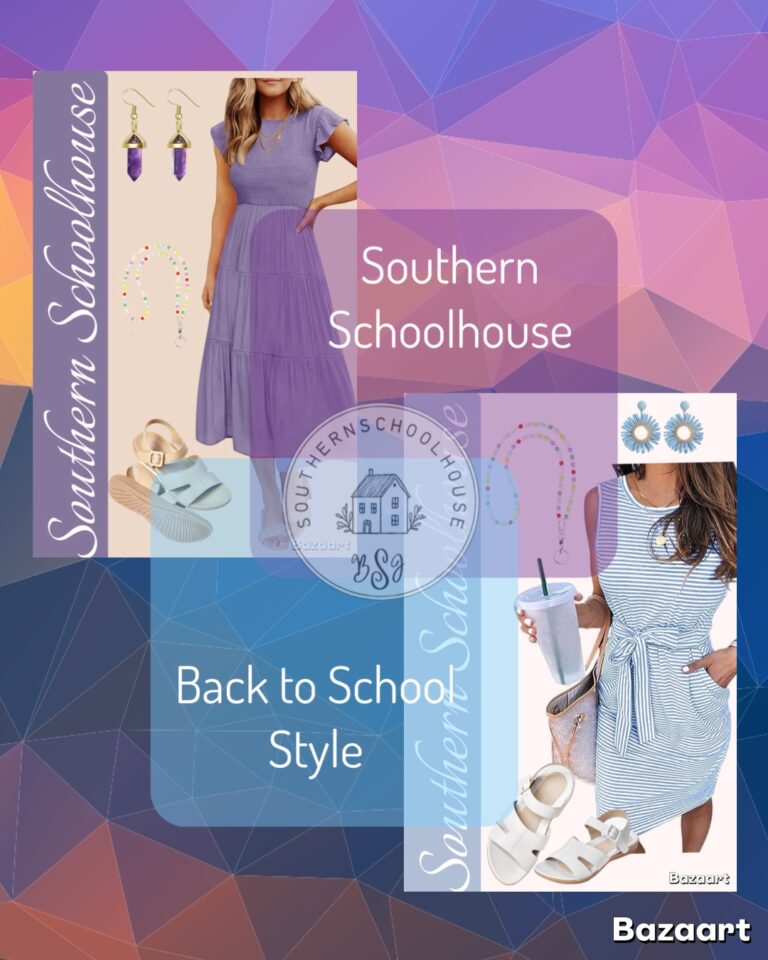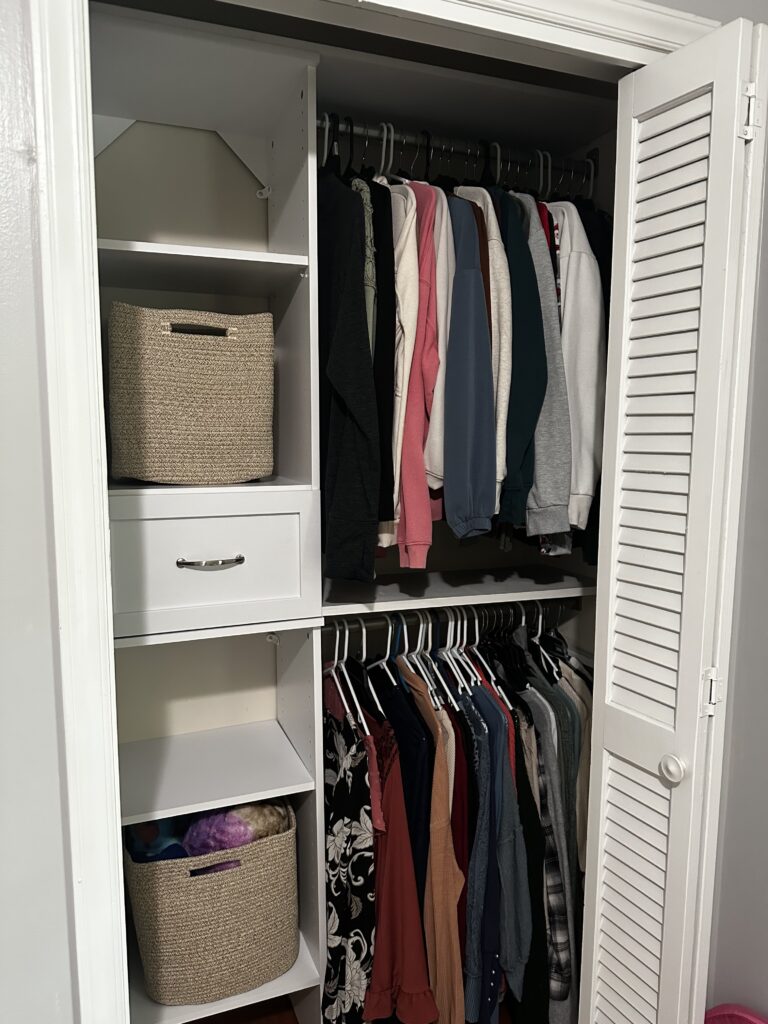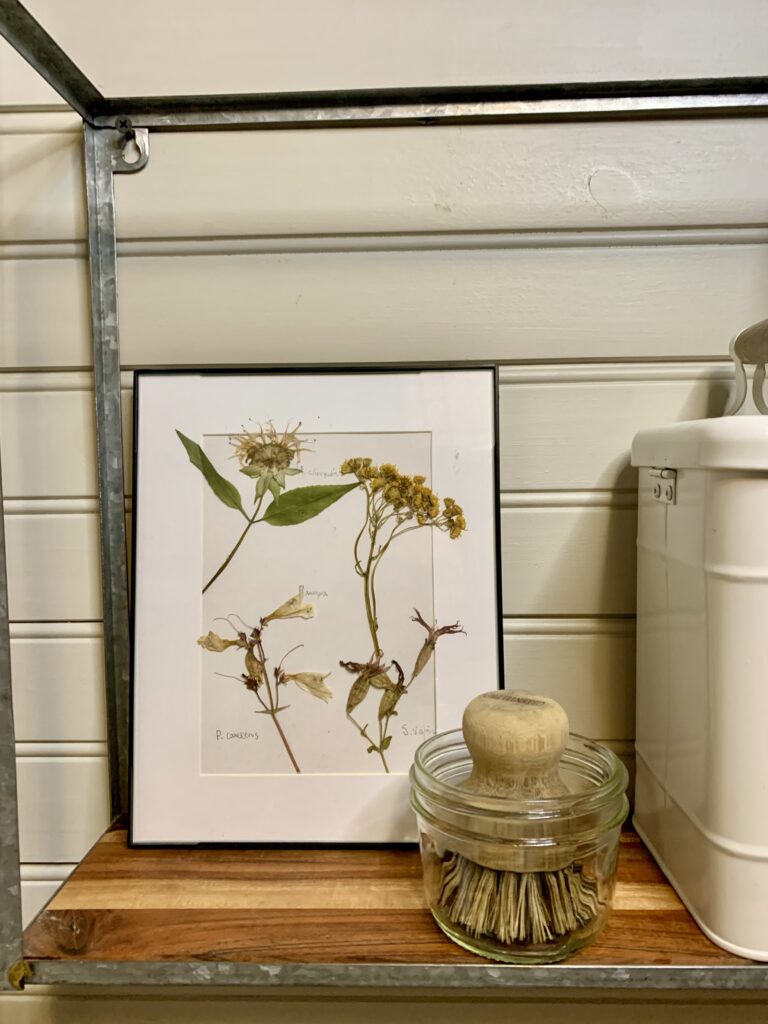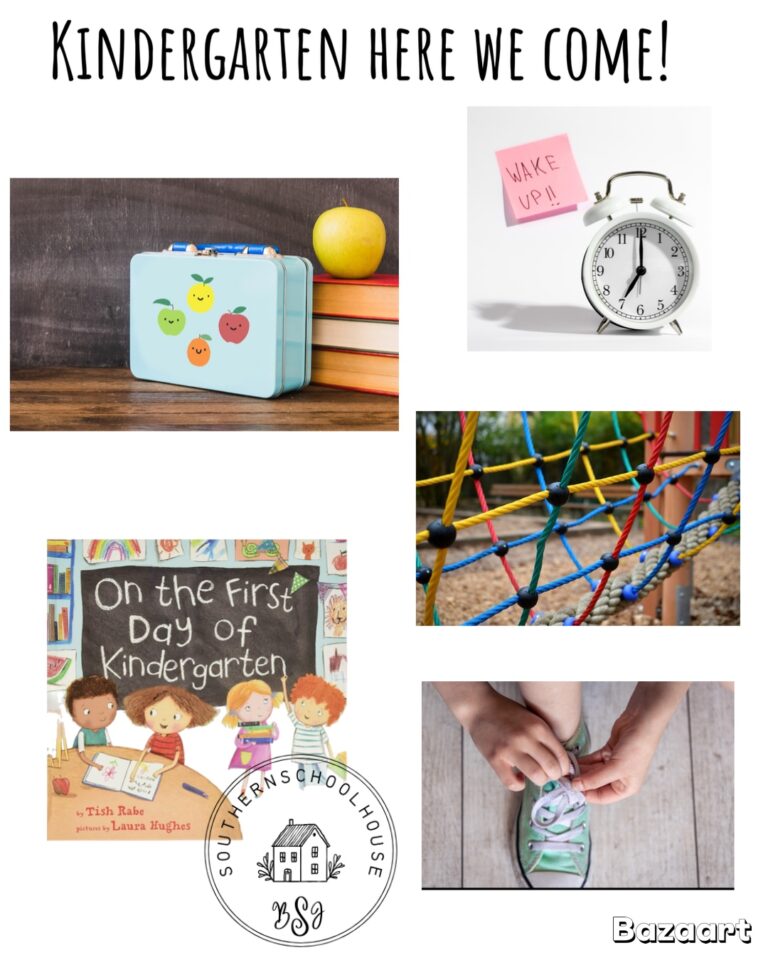By Shannon at the Southern Schoolhouse
Being a substitute is not easy. Unless you are completing a long-term sub position for a teacher, every assignment can be a challenge, a new grade, a different school, and a set of students that you are not familiar with.
I remember my first experience as a substitute. I was about to graduate from East Carolina University when a principal at the elementary school I had attended reached out and asked if I could complete a sub assignment for two weeks in the AIG (Academically Gifted) classroom. She also mentioned the possibility of subbing for the remainder of the year if a teacher was out. Of course, I was trying to get my foot in the door, so I accepted. After graduation, I headed home to take on this opportunity.
Challenges I Faced:
- The plans were not as detailed as I felt I needed.
- I did not know the students or other teachers.
- Luckily, I knew the layout of the school, but that can be a challenge as well.
- I didn’t know the students’ needs.
- I wasn’t familiar with the schedule—and the list goes on.
I can say that I understand, so hopefully, these tips will help with your day. When you walk into the classroom, know that every school, teacher, and set of expectations is different.
Before the Day Starts:
- Arrive early so you can get familiar with your surroundings.
- Read over the plans and schedule. Some teachers leave step-by-step instructions, while others provide minimal details. Determine what kind of plans you are working with. There may be times when you have to provide fillers, so it’s good to have simple, generic activities prepared that can be adapted for different grades. Excessive downtime in the classroom does not turn out well.
- Look around the room and become familiar with the supplies available and where they are located. If it is a new school, take time to find the office, cafeteria, and special area classrooms.
During the Day:
- When the students arrive, introduce yourself and set expectations. They will quickly learn what they can and cannot get away with.
- Stick to the plans! Certain classes and students may try to tell you what they “normally do.” It may or may not be true. For example, students might say that Friday is game day and show you where the games are located—even if the plans you have in front of you say otherwise. In that case, you can respond with:
“I know this may be what you normally do, but today, the plans tell me something different, and we are going to follow them.”
Usually, they will cooperate if they see that you are firm about following the plan. - Stick to the expectations you set. You will learn quickly that if you give students an inch, they will take a mile. Many students assume that when their teacher is absent, it’s time to play.
- Know that expectations for K-2 will differ from those for grades 3-5, 6-8, and 9-12. However, routine and consistency are essential at all levels.
End of the Day:
- If time allows, teachers appreciate a short note about how the day went. This helps them discuss the day with their students and revise expectations for future substitute days.
- Leave the room as it was when you arrived. Classroom organization varies, and while some teachers may not mind, many appreciate coming back to a tidy space. Walking into a messy room first thing in the morning does not start the day on a positive note.
- Remember that when teachers are out, it is often a lost day of instruction. They rely on you to follow their plans so the day remains productive.
Final Thought:
Enjoy the day! Each time you sub, you will feel more comfortable and learn how to manage unexpected challenges.









